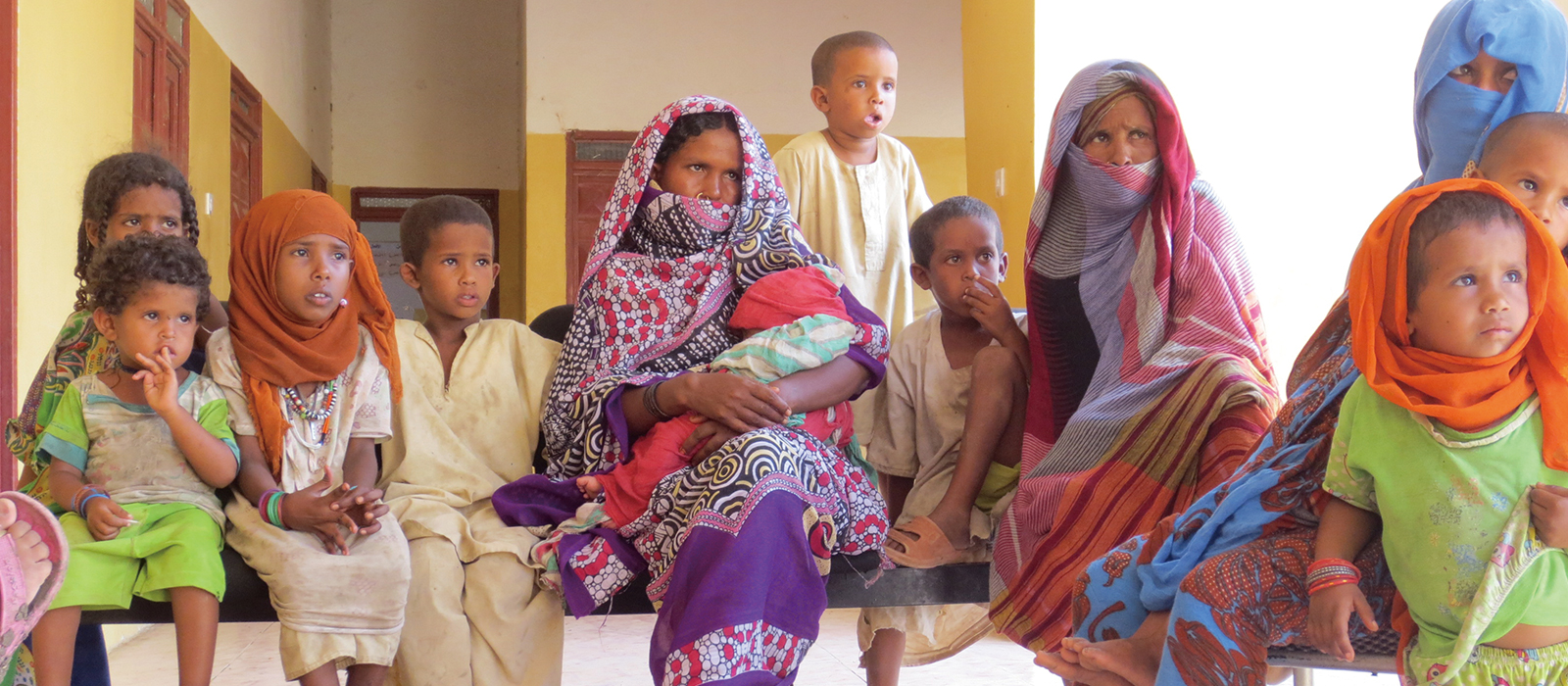
Sudan
Projects
Primary Health Care Expansion Project(=Mother Nile Expansion Project)
Project for Strengthening Peace through the Improvement of Public Services in Three Darfur States(=SMAP2)
Primary Health Care Expansion Project
(=Mother Nile Expansion Project)
| Country | the Republic of the Sudan |
|---|---|
| Project Strengths | Expansion of Primary Health Care through Human Resource Development |
| Implementing Partners | Federal Ministry of Health (FMOH) State Ministry of Health (SMOH) in Gezira, Kassala and Khartoum States Koei Research & Consulting, Inc.(Joint Venture Project entrusted by JICA) |
| Supporting Agencies | Japan International Cooperation Agency |
| Project Period | 3 years (June 2016 – June 2019) |
Description of SRHR Needs
-
In the Republic of the Sudan (Sudan), maternal and child health indicators are still high and especially, worse than average of the Region (Middle East and North Africa) in Maternal Mortality Rate (MMR) and Under-5 (U-5) mortality. MMR is 360, U-5 is 76.6, Infant Mortality Rate (IMR) 51.2, and Neonatal Mortality Rate is 29.9. (WHO World Health Statistics 2015)
-
■People’s access to primary health care, including basic MCH/RH services, is very limited, as more than half of primary health care (PHC) facilities are not well equipped or staffed to provide IMCI (Integrated Management of Child Illness) or ANC (Antenatal Care) services, and only 24% of them are qualified as facilities that can provide full range of essential Primary Health Care (PHC) services. (Sudan Health Map 2014)
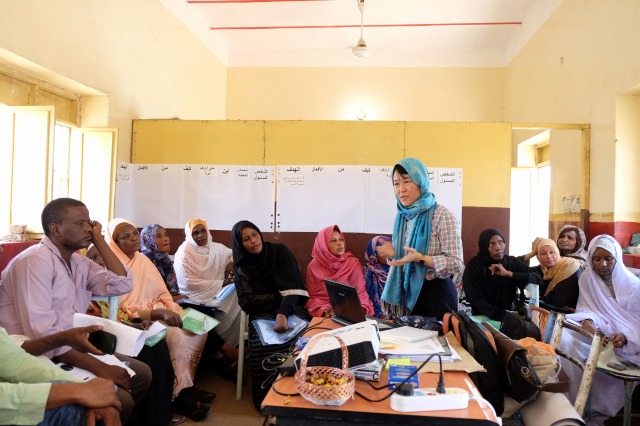
Project’s Intervention
| Goal | Maternal and child morbidity and mortality are reduced at selected states in Sudan through the expansion of improved PHC services |
|---|---|
| Project Purpose | Improved PHC services are provided at selected states in Sudan. |
| Target Area and Population | East Gezira and Managil localities in Gezira State (population: 1,133,000) / Girba and Wad El Helew localities in Kassala State (population: 416,000) / Umbada and Omdurman localities in Khartoum State (population: 2,056,000) (Sudan Health Map 2014 / approx.) |
| Activities |
|
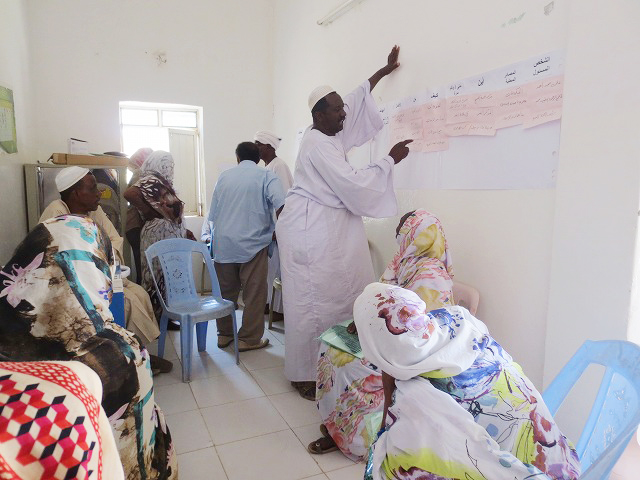
Project Outcomes
- A total of 14 Community Health Committees reviewed roles and functions and set-up solid terms in written format.
- A total of 14 communication strategies and action plans were developed in each target communities through participatory workshops, and planned activities are being conducted according to the plan (such as organizing health education sessions, establishing community funds and creating new SNS for health-information-sharing etc).
- Conducted IMCI and CMAM training with attendance of medical staff and volunteers (total number of participants: 178 as of August 8, 2017 )
- Started review meeting with and regular monitoring to Omdurman Maternity Hospital, as a 5S top model in Sudan
Projects
Primary Health Care Expansion Project(=Mother Nile Expansion Project)
Project for Strengthening Peace through the Improvement of Public Services in Three Darfur States(=SMAP2)
Project for Strengthening Peace through the Improvement of Public Services in Three Darfur States(=SMAP2)
| Country | the Republic of the Sudan |
|---|---|
| Project Strengths | Peace building through health improvement |
| Implementing Partners | Responsible Agency: Federal Governance of Chamber Directorate of Peace and Peaceful Coexistence Implementation Agency: State Ministry of Health in 3 Darfur States (North, South and West) |
| Donor | Japan International Cooperation Agency |
| Project Period | 4 years (March 2015 – February 2019) ※Project Year 3: 19 April 2017-15 March 2018 |
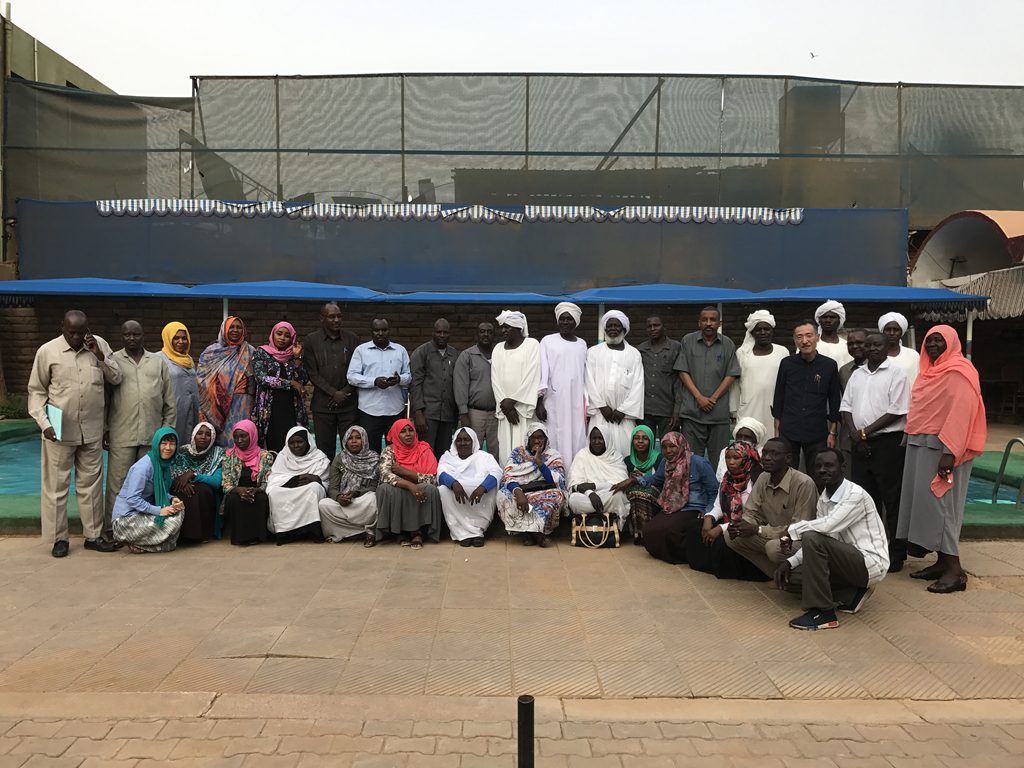
Description of Health Needs
In Sudan, total population has risen year by year, with the median age at 19.6. In the situation where most of the population are from the younger generations, improving health service providing capacities of target communities is crucial. Especially, problem-solution options of health issues and improving health indicators in the target communities are needed.
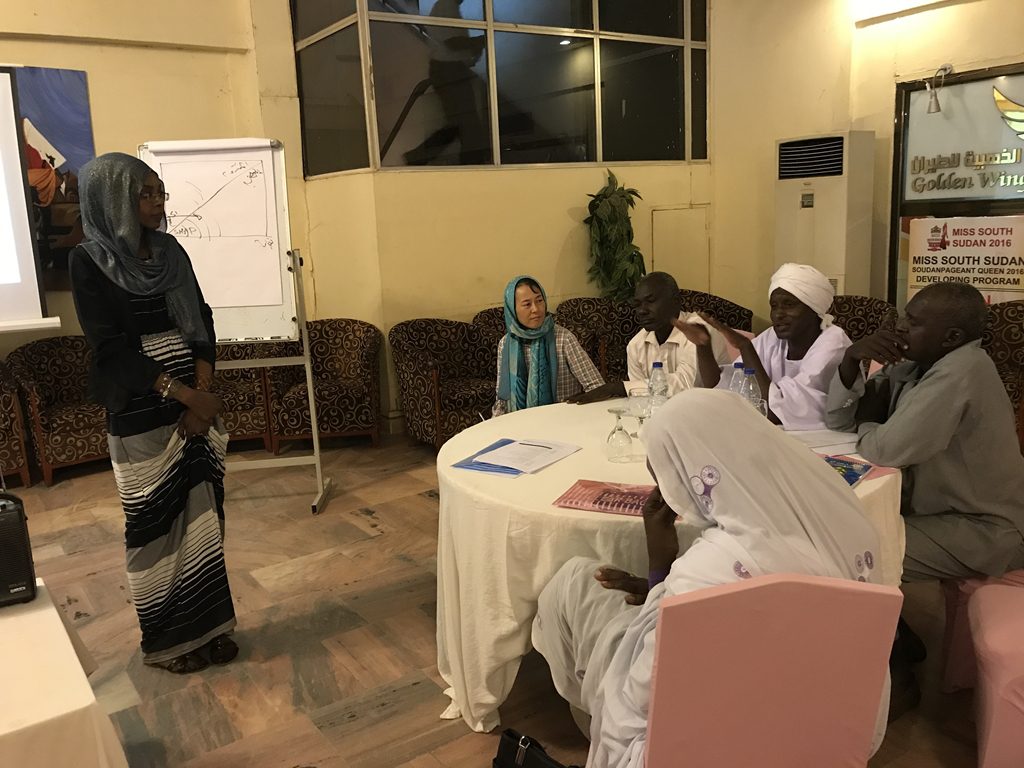
JOICFP’s Involvement
| Project purpose | Selected health services are properly planned, implemented, monitored and evaluated by SMOH in response to targeted community needs |
|---|---|
| Target Area and Population |
|
| Uniqueness in the Approach | To contribute to peacebuilding by strengthening institutional capacity of state governments in provision of public services with special consideration to equity and social capital To promote collaboration with other components (water sector, employment sector and project monitoring sector) as well as collaboration between state governments and community to enhance the impact of the project |
| Activities |
The Project adopts community mobilization approach to improve health status at 15 communities. At the same time, through supportive supervision by State Ministry of Health (SMOH), it is expected that the knowledge and skills of community health care providers will be improved. Major activities are;
|
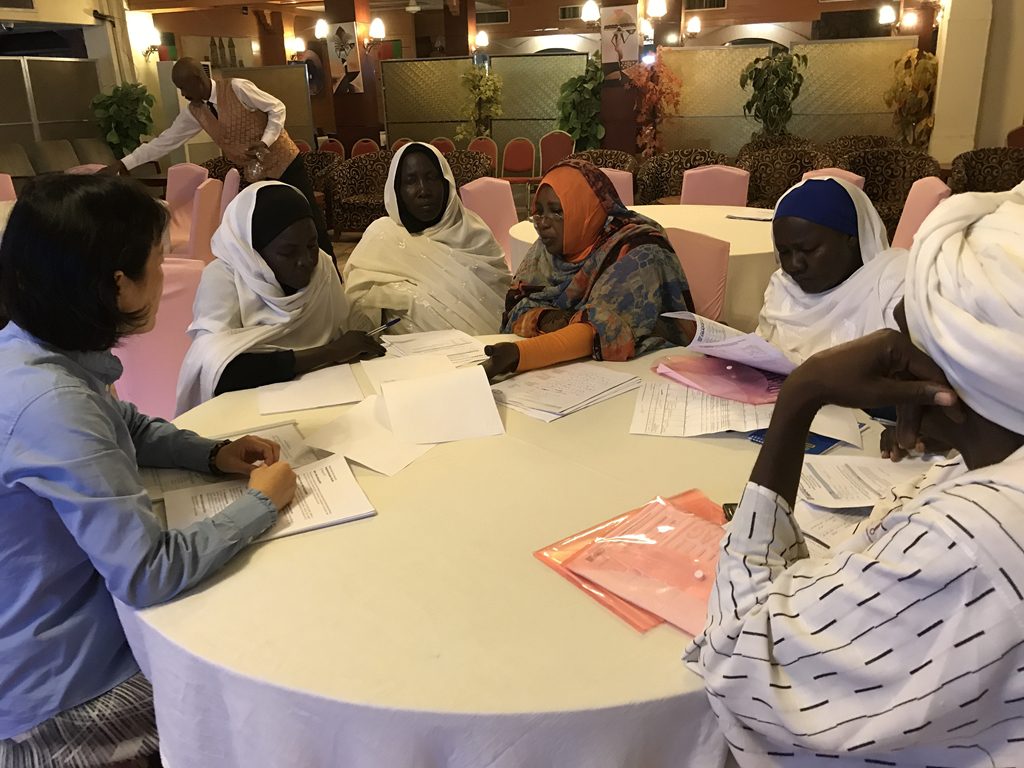
Expected Project Outcomes
- Improved usage of health facilities among community members at pilot communities
- Satisfaction of agricultural farmers, livestock farmers, women, IDP towards public service provided by SMOH is improved
- Other target health indicators are improved (these indicators will be set by community people later)
- Increased knowledge of community people on health and diseases prevention
- A number of community health action groups are set up and running
- Change of behaviors among community people on health and diseases prevention (Increased number of community people who conduct health activities)
- Increase in number of Community Health Care Providers receiving supportive supervision

